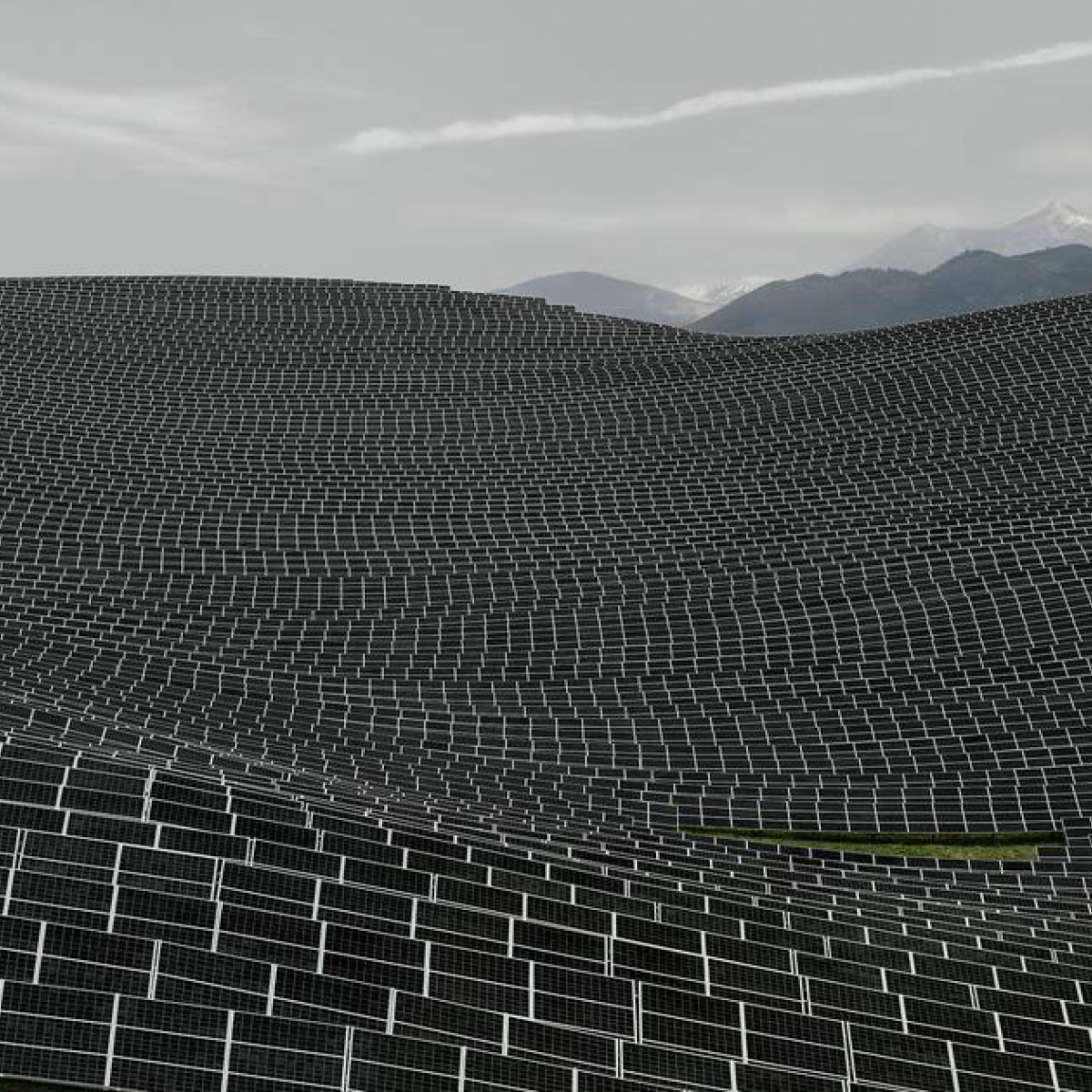
In this photo taken by Edward Weston, he focused on a vegetables and specifically explored the surface textures of this vegetable. I think he is interested in capturing the light and shadow on the subject, which applied to a lot of his other photos, he also had a lot abstraction shown in his works. It makes the viewer to see a subject from a fresh and interesting perspective. The lighting in this photo is very interesting, he used subtle lighting to a close up of cabbage leaf that made a soft affect on the photo, it really enhanced the tonal range of the cabbage leaf.
If I am the photographer of this photo, I will name it “A Cabbage Leaf” because this photo showed a focused cabbage leaf with clear lines, shapes, patterns, and textures in black, grey, and white.
In this photo, the line of the cabbage was showed very clearly by using the lighting and the close up shot. The patterns in this photo is isolated which make the viewer pay attention to the pattern and details in the image. There is a natural pattern of cabbage leaf in this photo, which was the main object of this picture, by using close up, he made viewers pay attention to the leaf’s details and intricacy. This texture in this photo has added visual complexity into this photo, the use of texture here really captured the viewer’s attention and emphasized the lines and pattern here. The tone in this picture enhanced the perception of the texture of the leaf, also emphasizes the tactile qualities and bring out the textures specifically. In this photo and most of his work, Edward often have a clear focus of the object, his clear focus and close up to the object makes the viewer to pay attention to specific elements, the texture and details. Also a lot of his work have isolated the main subject from the surrounding environment which really highlighted the intended focal point.


















Recent Comments